
5 Strategies for a Healthier Sit
Years ago, people would sit only to unwind after a hard day of manual labour. Today, the majority of the population sits all day for work as well as for leisure. Bad sitting posture is the cause of numerous ailments, from back pain to tendon strain to even arthritis! Further, strain and fatigue lead to injury and lower productivity. By reducing these, we can improve our quality of life and work exponentially.
Many solutions—from standing desks to stability balls—have been proposed, yet these are not practical (or comfortable) for everyone. The best way to reduce sitting fatigue and ensure proper spinal, muscle, and tendon health is to sit in an ergonomic position.
Here are some strategies for a healthier sit:
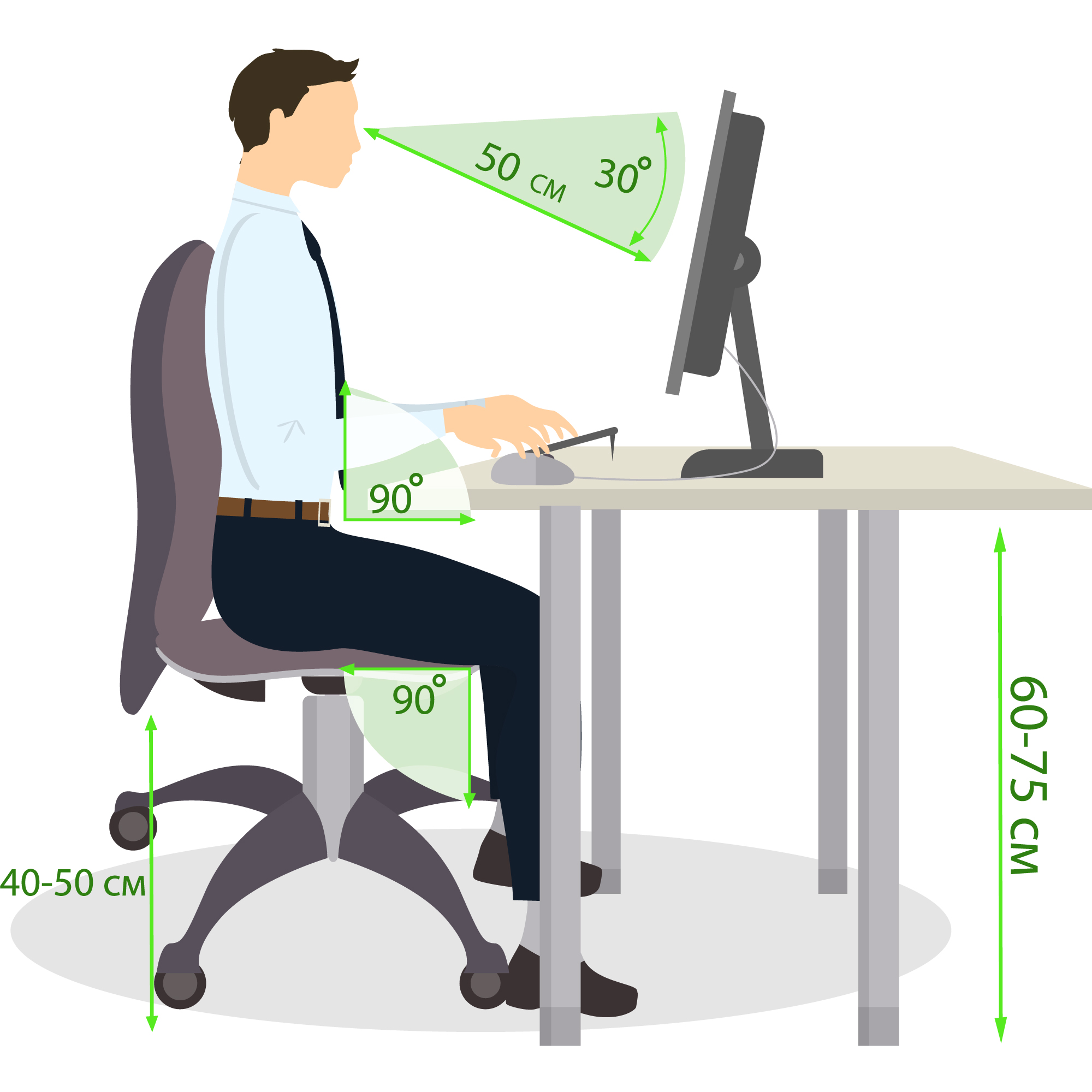
1. Maintain an Upright Position
If your head is in front of you by even just one inch, it effectively doubles the weight your body must absorb, straining the muscles in the spine and pulling things out of alignment. Practicing strengthening exercises—particularly for the back—outside of the office is a great way to improve posture. Some examples are ‘supermans,’ rows, lat pull-downs, and deadlifts. Still, no amount of human strength is going to solve fatigue in those who sit in the same position all day. The most important step is to find a chair that supports the curve of the spine and head.
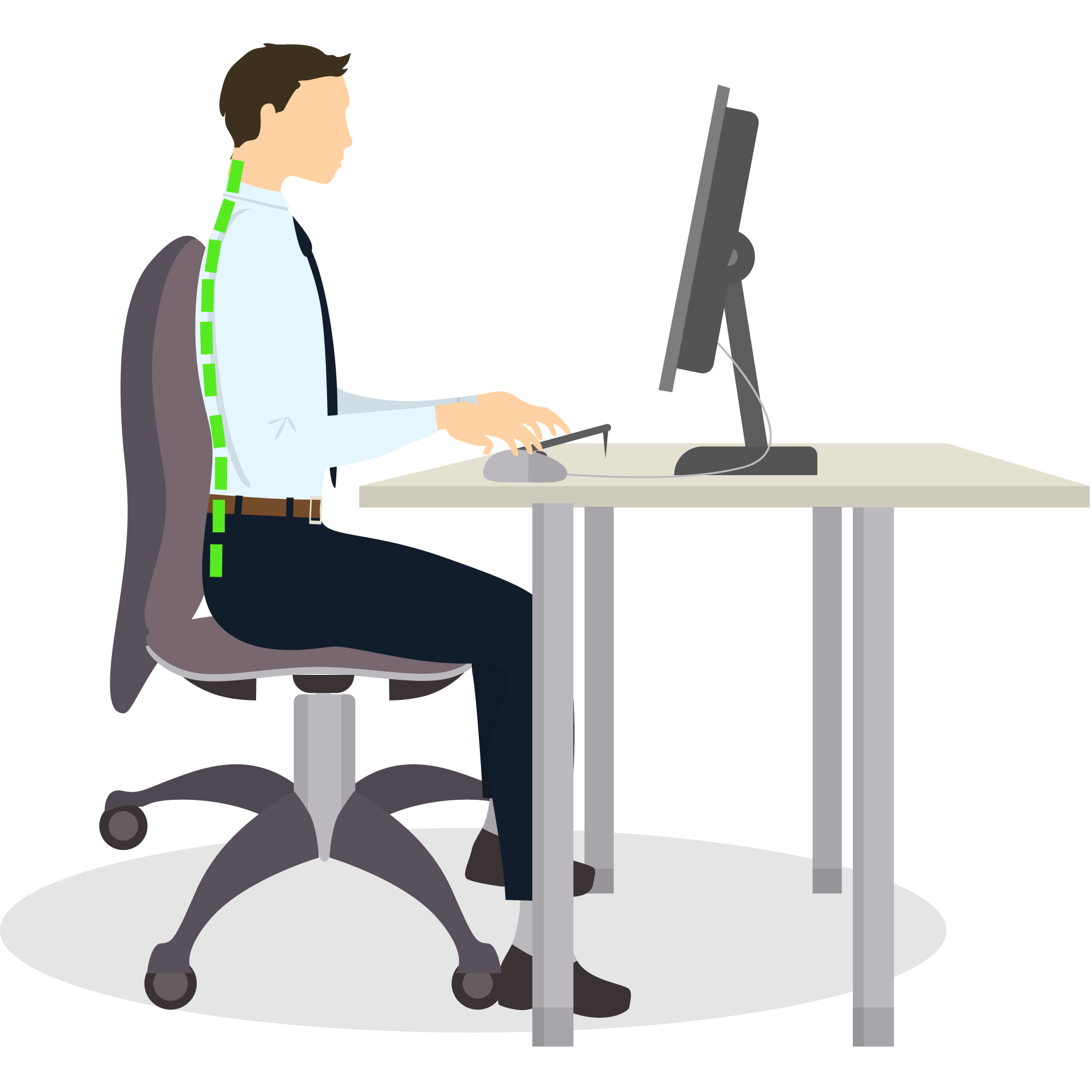
2. Consider Your Spine Health
Closely related to our number one solution is our number two: spine health. The spine is incredibly important: it provides the main support for your body, allowing you to stand upright, bend, and twist. Importantly, the spinal cord connects your body to the brain, allowing movement of your arms and legs. When sitting, our lower back has the natural, but unhealthy, tendency to relax and go into a slouched position. Seek a chair design that supports the upper back and extends downward to cradle the lower back, pelvic area, and natural lumbar C-curve.
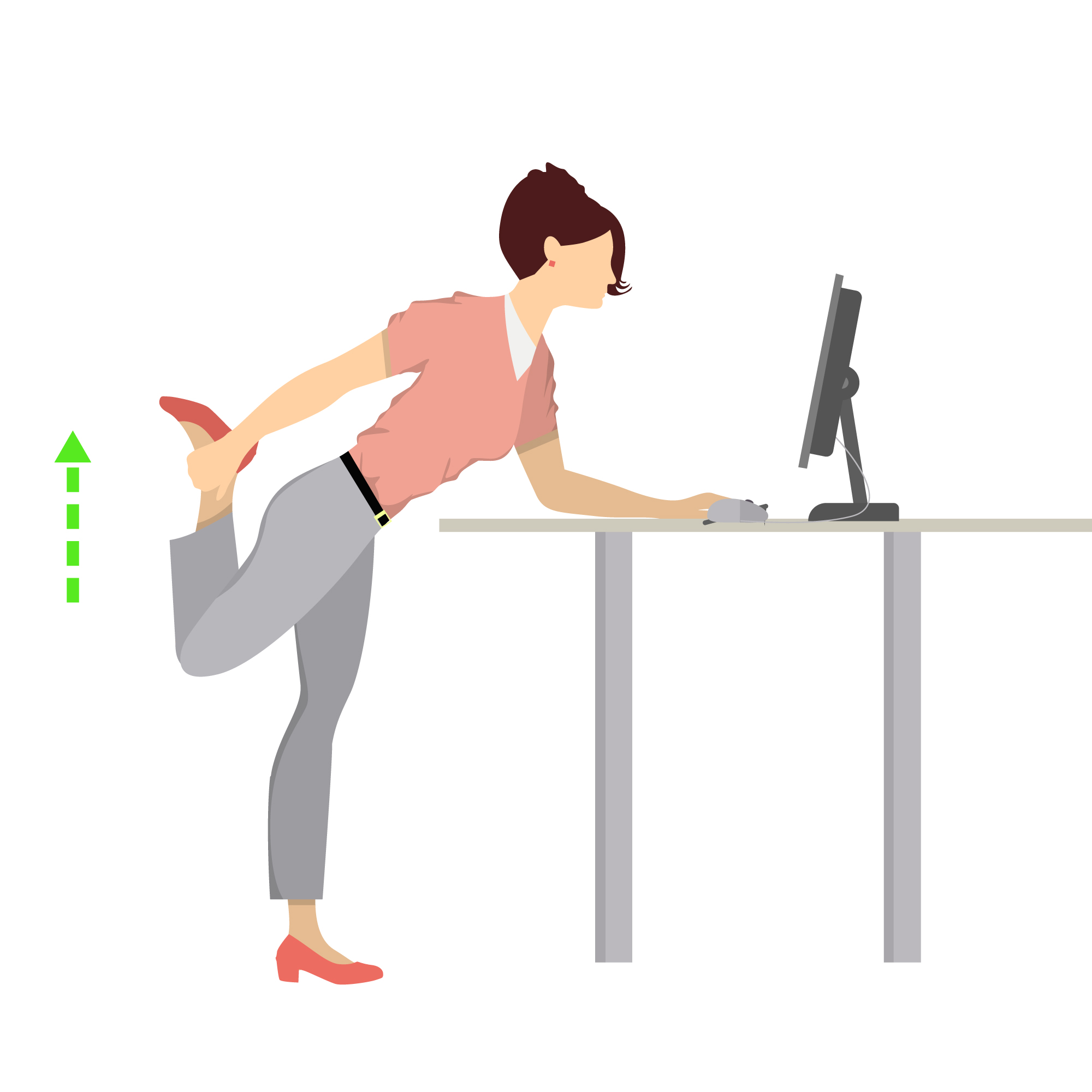
3. Move Every Hour
Prevent lactic acid build-up that leads to fatigue. When we sit for lengthy periods of time, a limited supply of blood to working muscles causes lactic acid to build up. Build up, or pooling, of lactic acid is what causes muscle cramping. Something as simple as going for a walk around the office every hour or doing some simple yoga stretches at your desk cab help to relieve tension, boost circulation and—most importantly— provide a rush of fresh, oxygenated blood that will improve concentration and brain-power.
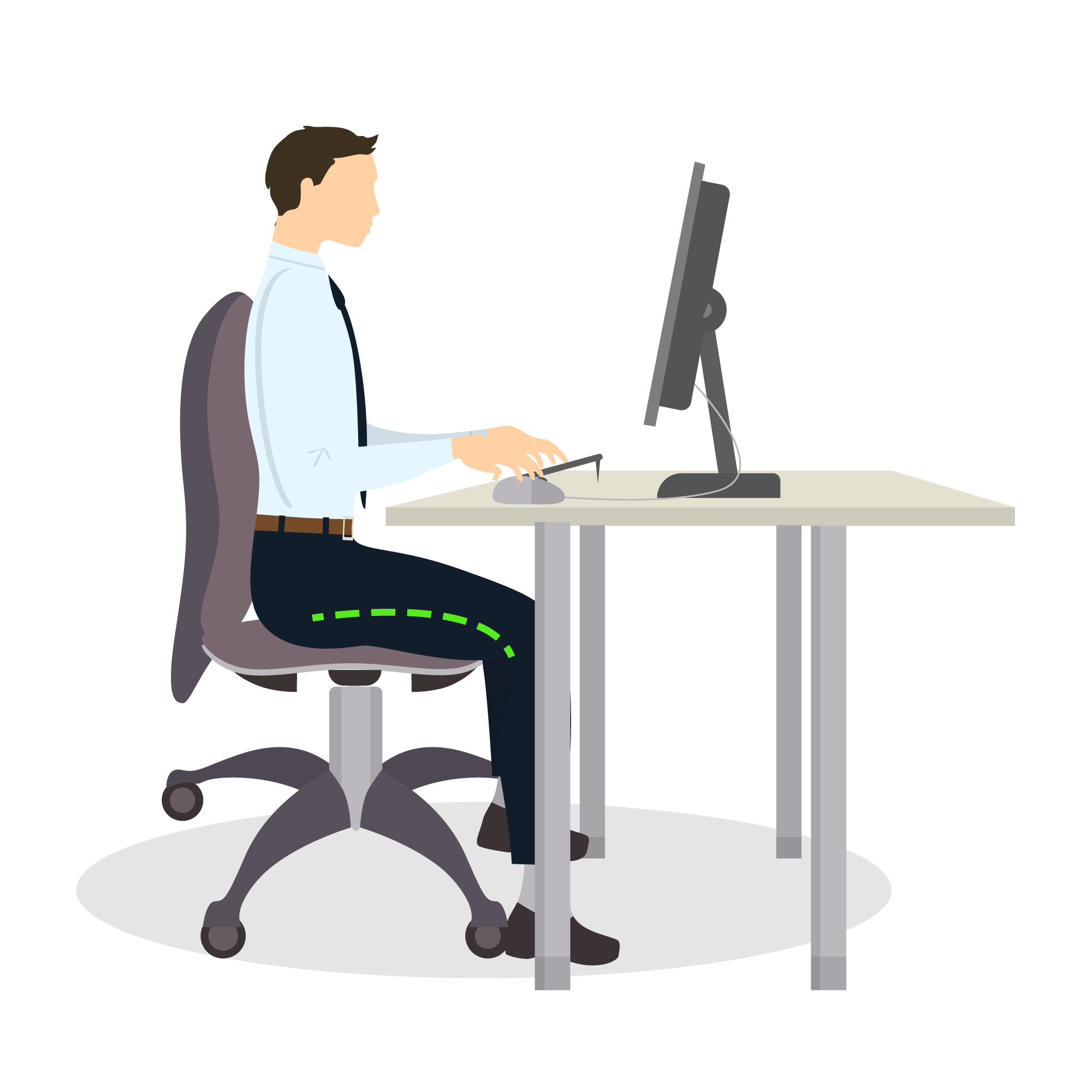
4. Reduce Pressure on Thigh and Sit Bones
The femoral artery, at back of each thigh, is a major freeway that facilitates blood flow throughout the body. When we sit, the femoral artery bears the pressure of both our body weight and the seat underneath. This reduces blood circulation, especially when the chair seat is hard or ill-shaped. Further, sitting puts the bulk of our weight on the sit bones: a position that requires continuous muscle movement in order to maintain an upright position. Over the course of a day, this leads to sitting fatigue. Chairs with thick memory foam seats and a ‘waterfall slope’ will help to reduce pressure exerted on the femoral arteries and the sit bones, ultimately boosting circulation and improving health and comfort.
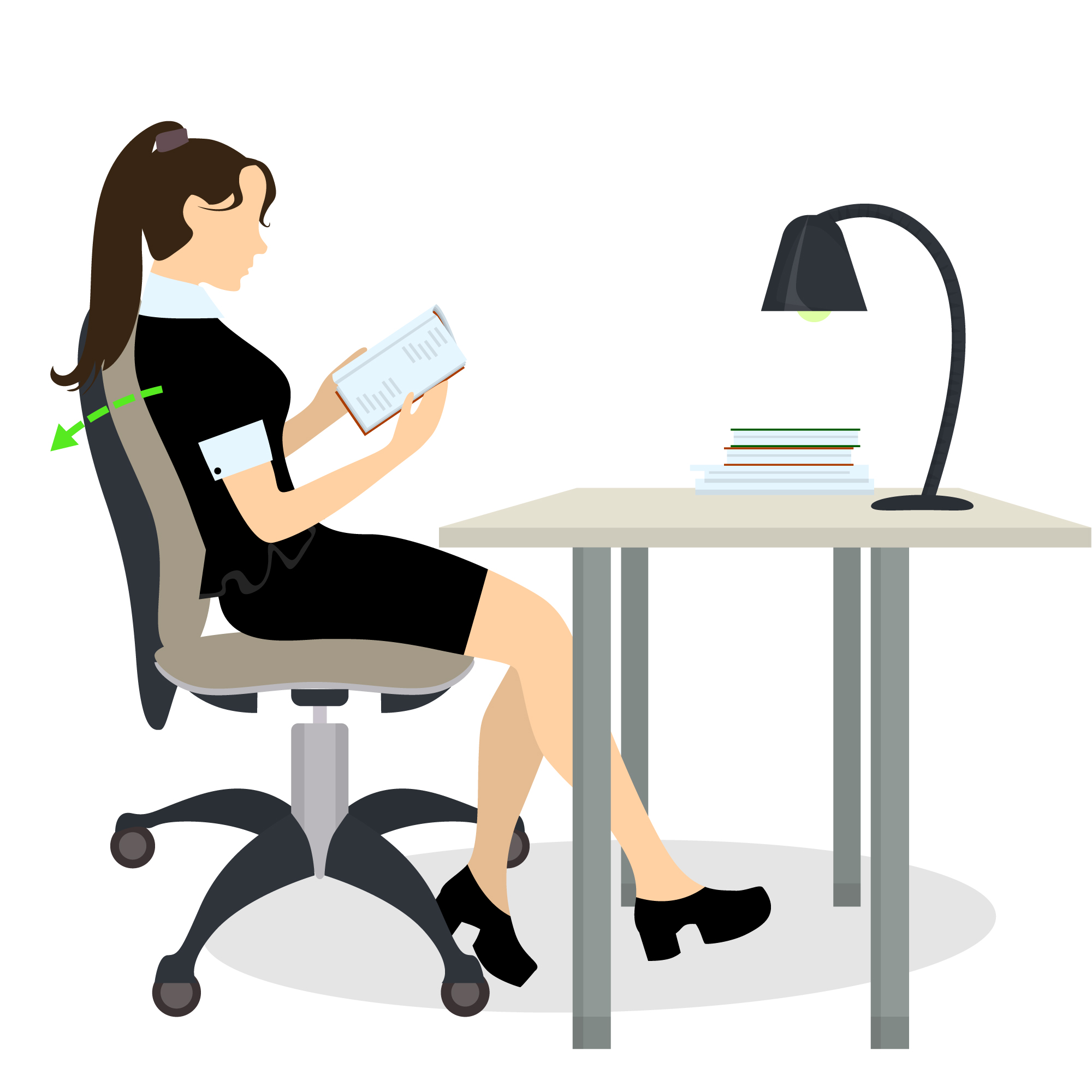
5. Synchro-Tilt
A chronic ‘bad sitting experience’ consistently pulls on the tendons, causing pain where the tendon is attached to the bone. This tension pulls the body out of balance, causing misalignment. A chair with synchro-tilt supports the body’s natural movement to eliminate stress on ligaments, tendons, and cartilage.
 Our products
Our products  Our showrooms
Our showrooms  Our careers
Our careers